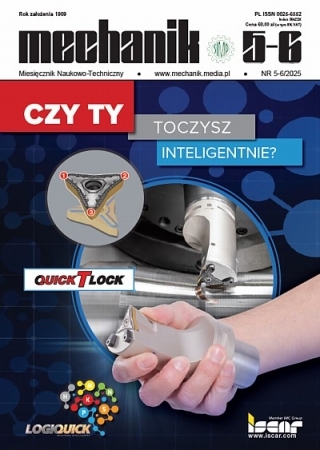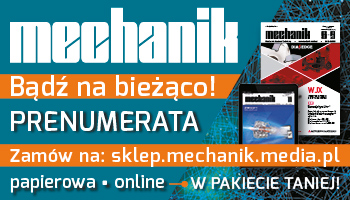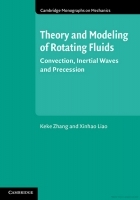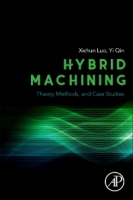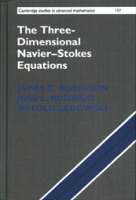Badawczo-szkoleniowy symulator jazdy samochodem o masie do 3,5 t dla osób z niepełnosprawnością ruchową *
Research and training car driving simulator with weight up to 3.5 tons dedicated to physical disabled drivers
Author: Jarosław Jankowski
Mechanik nr 08/09/2019 - Różne
STRESZCZENIE: W artykule omówiono kontynuację prac związanych z tworzeniem symulatora jazdy samochodem o masie do 3,5 t, zaadaptowanego do wybranych niepełnosprawności. Artykuł zawiera opis opracowanej ruchomej platformy o sześciu stopniach swobody i kokpitu. W celu zapewnienia możliwości kierowania symulatorem przez jak najszerszą grupę osób z niepełnosprawnościami ruchowymi zaimplementowano wybrane urządzenia wspomagające. Można je łatwo zdemontować w celu testowania innych rozwiązań. Platforma wraz z kokpitem jest kontrolowana z poziomu aplikacji symulatora, a obraz prezentowany jest uczestnikowi symulacji w okularach projekcyjnych 3D oraz – opcjonalnie – na trójsegmentowym ekranie.
SŁOWA KLUCZOWE: symulator jazdy, osoby z niepełnosprawnościami ruchowymi, rzeczywistość wirtualna
ABSTRACT: The article presents the continuation of work related to the creation of a car driving simulator with a weight of up to 3.5 tons adapted to selected disabilities. The article contains a description of the developed motion platform with six degrees of freedom and the cockpit. In order to ensure the possibility of being managed by the largest group of people with physical disabilities, selected support solutions were implemented. These devices can be easily dismantled to test others. The platform together with the cockpit is controlled from the simulator application and the image is presented to the simulation participant in 3D projection glasses and optionally on a three-segment screen.
KEYWORDS: driving simulator, people with physical disabilities, virtual reality
BIBLIOGRAFIA / BIBLIOGRAPHY:
[1] Jankowski J., Grabowski A. „Koncepcja badawczo-szkoleniowego symulatora samochodu osobowego do badania urządzeń wspomagających kierowców z niepełnosprawnością ruchową”. Mechanik. 7 (2018): 573–575.
[2] Stewart D. “A platform with six degrees of freedom”. Proceedings of the Institution of Mechanical Engineers. 180, 1 (1965): 371–386.
[3] Strona internetowa: https://cum.its.waw.pl/doc_media/wezel_3884/ Adaptacje_a_rodzaj_dysfunkcji.pdf (dostęp: 29.03.2019).
[4] Strona internetowa: http://www.autosprawni.pl/k1/index.html (dostęp: 29.03.2019).
[5] Strona internetowa: https://www.braunability.eu/en/products/drivig -aids/steering-devices (dostęp: 29.03.2019).
[6] Strona internetowa: https://unity.com (dostęp: 29.03.2019).
[7] Strona internetowa: https://assetstore.unity.com/packages/tools/physics /ms-vehicle-system-free-version-90214 (dostęp: 29.03.2019).
DOI: https://doi.org/10.17814/mechanik.2019.8-9.69
* Artykuł recenzowany



